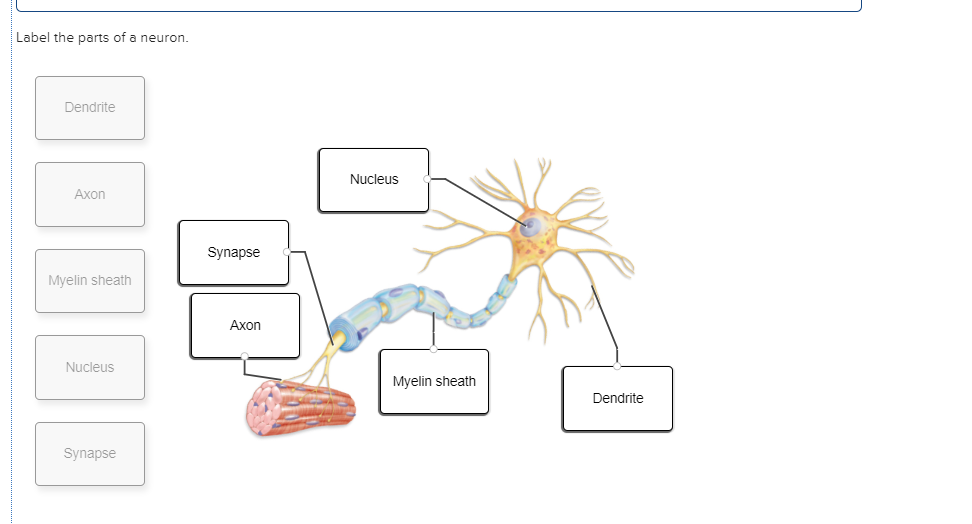


The Purkinje cell dendritic tree in mutant mouse cerebellum. The Journal of Neuroscience : the Official Journal of the Society for Neuroscience, 12, 2288–2302.īradley, P., & Berry, M. Spatial and temporal expression of alpha- and beta-thyroid hormone receptor mRNAs, including the beta 2-subtype, in the developing mammalian nervous system. The Journal of Neuroscience : the Official Journal of the Society for Neuroscience, 26, 1531–1538.īradley, D. Retinoid-related orphan receptor alpha controls the early steps of Purkinje cell dendritic differentiation. Neural Development, 5, 18.īoukhtouche, F., Janmaat, S., Vodjdani, G., Gautheron, V., Mallet, J., Dusart, I., & Mariani, J. Induction of early Purkinje cell dendritic differentiation by thyroid hormone requires RORα. Activity-dependent plasticity of developing climbing fiber-Purkinje cell synapses. The growth of the dendritic trees of Purkinje cells in irradiated agranular cerebellar cortex. The growth of the dendritic trees of Purkinje cells in the cerebellum of the rat. Genetic manipulation of adult mouse neurogenic niches by in vivo electroporation. The European Journal of Neuroscience, 42, 2595–2612.īarnabé-Heider, F., Meletis, K., Eriksson, M., Bergmann, O., Sabelström, H., Harvey, M. mTORC1 and mTORC2 have largely distinct functions in Purkinje cells. Journal of Anatomy, 211, 188–198.Īngliker, N., Burri, M., Zaichuk, M., Fritschy, J. Slit-Robo interactions during cortical development. Cerebellum (London, England) 7, 60–74.Īndrews, W. Thyroid hormone and cerebellar development. Future studies are warranted to clarify whether and how defective dendritic growth is related to the pathology of PCs in certain neurological disorders. Furthermore, neuronal activities likely contribute to the maturation and stabilization of dendrites. Second, competition between dendrites from the same or neighboring PCs likely regulates the extensions of dendrites and their planarity. First, the same molecule, such as RORα, T3, and PGC-1α, could exert distinct functions at different developmental stages. Recent genetic tools have identified two principles that specify the dendritic morphology of PCs. Cerebellar Purkinje cells (PCs), which slowly develop dendrites over several postnatal weeks in a relatively stereotypical manner, have provided an excellent model system. Nevertheless, the underlying mechanisms remain largely unclear in the mammalian central nervous system in vivo mainly due to the difficulty in observing and manipulating the rapid and non-synchronous changes in dendritic shapes during development. Thus, these results show that the GIRK family of channels joins the list of voltage-sensitive channels now known to be expressed in dendritic spines.Neurons develop a wide variety of cell-type-specific shapes of dendrites. G protein-coupled receptor activation of a dendritic potassium conductance would attenuate the propagation of excitatory synaptic inputs and thereby produce postsynaptic inhibition. The subcellular localization of GIRK1-IR in the Golgi apparatus of pyramidal cell somata and in the plasma membrane of dendrites and dendritic spines confirms the hypothesis that GIRK1 is synthesized by pyramidal cells and transported to the more distal dendritic processes. Within stratum lacunosum-moleculare and the superficial stratum radiatum, GIRK1-IR was often present immediately adjacent to asymmetric (excitatory-type) postsynaptic densities in dendritic spines. Electron microscopic analysis of the CA1 region of the rat hippocampus revealed that specific immunoreactivity (IR) for a G protein-gated, inwardly rectifying potassium channel (GIRK1) was present exclusively in neurons and predominantly located in spiny dendrites of pyramidal cells.


 0 kommentar(er)
0 kommentar(er)
